-

- What we do
- What we've done
- Contact Us
-
321.284.3838
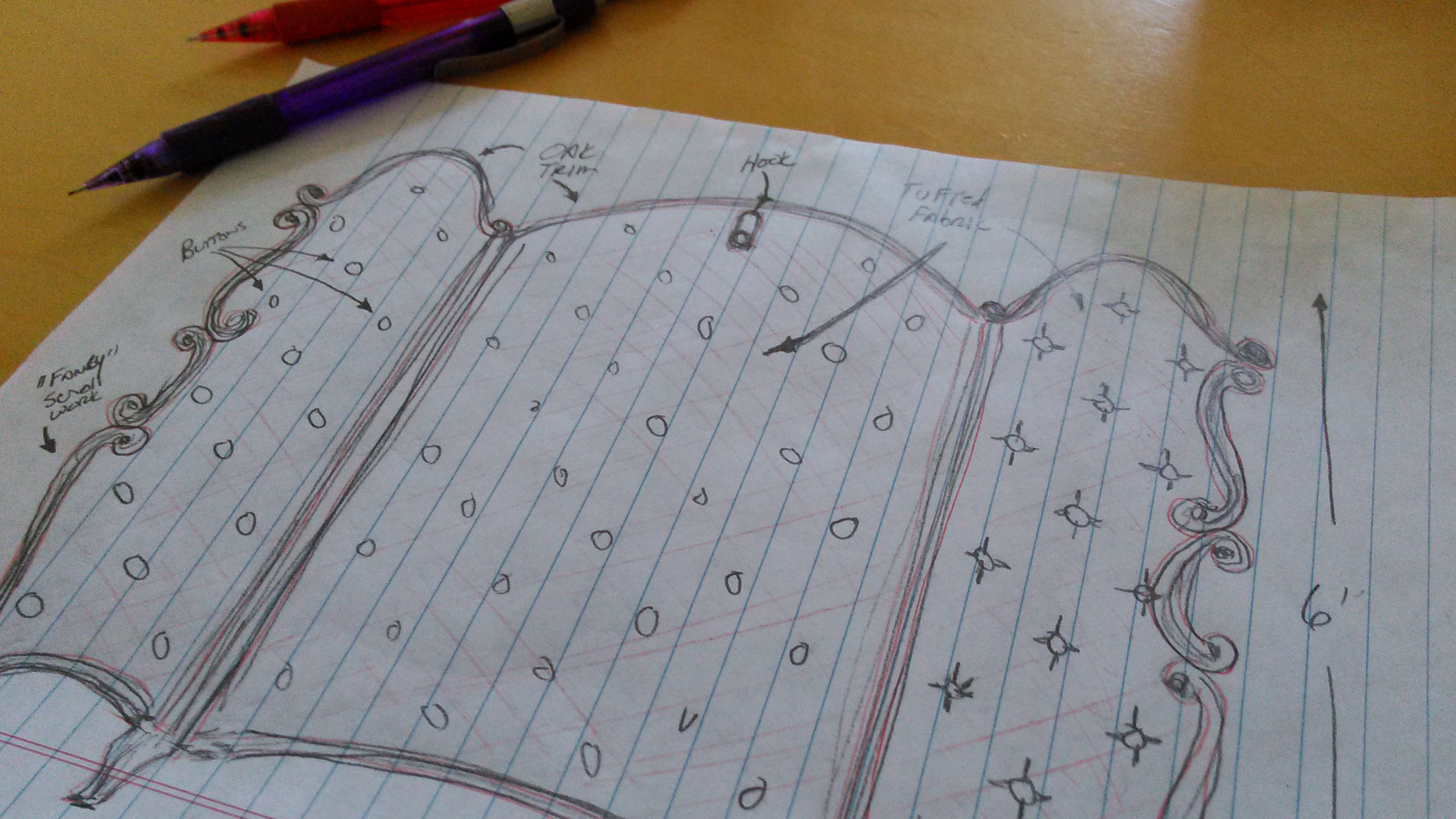
The more we learn about the intended expectation of the completed project in the Concept phase not only enables the completion of the project on-time and on-budget, but allows for more efficient and coordinated Design and Fabrication processes.
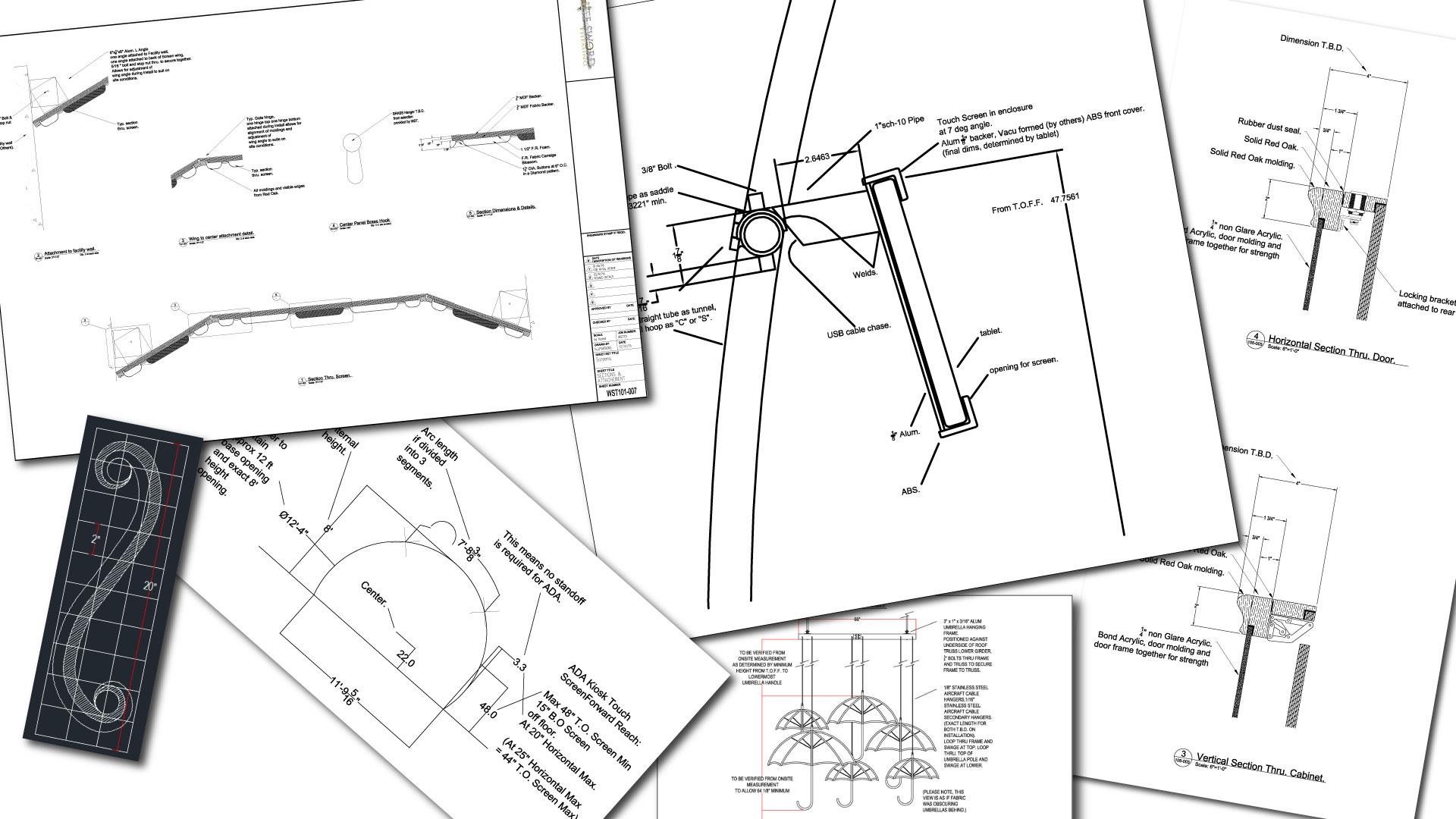
If engineering is required for a project the engineer will work with the designer during the creation of the Design Drawings to ensure the design meets the required structural calculations.
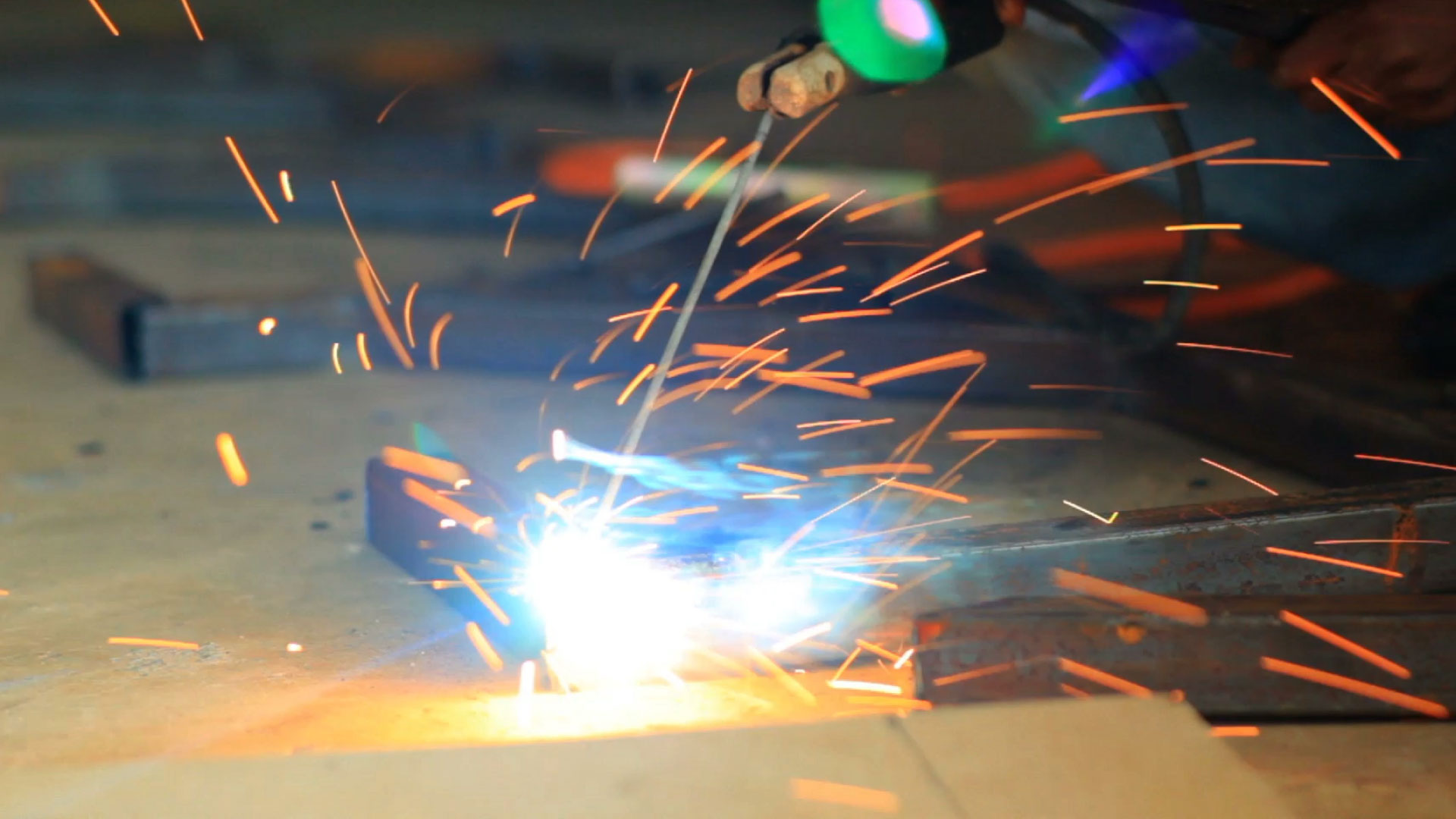
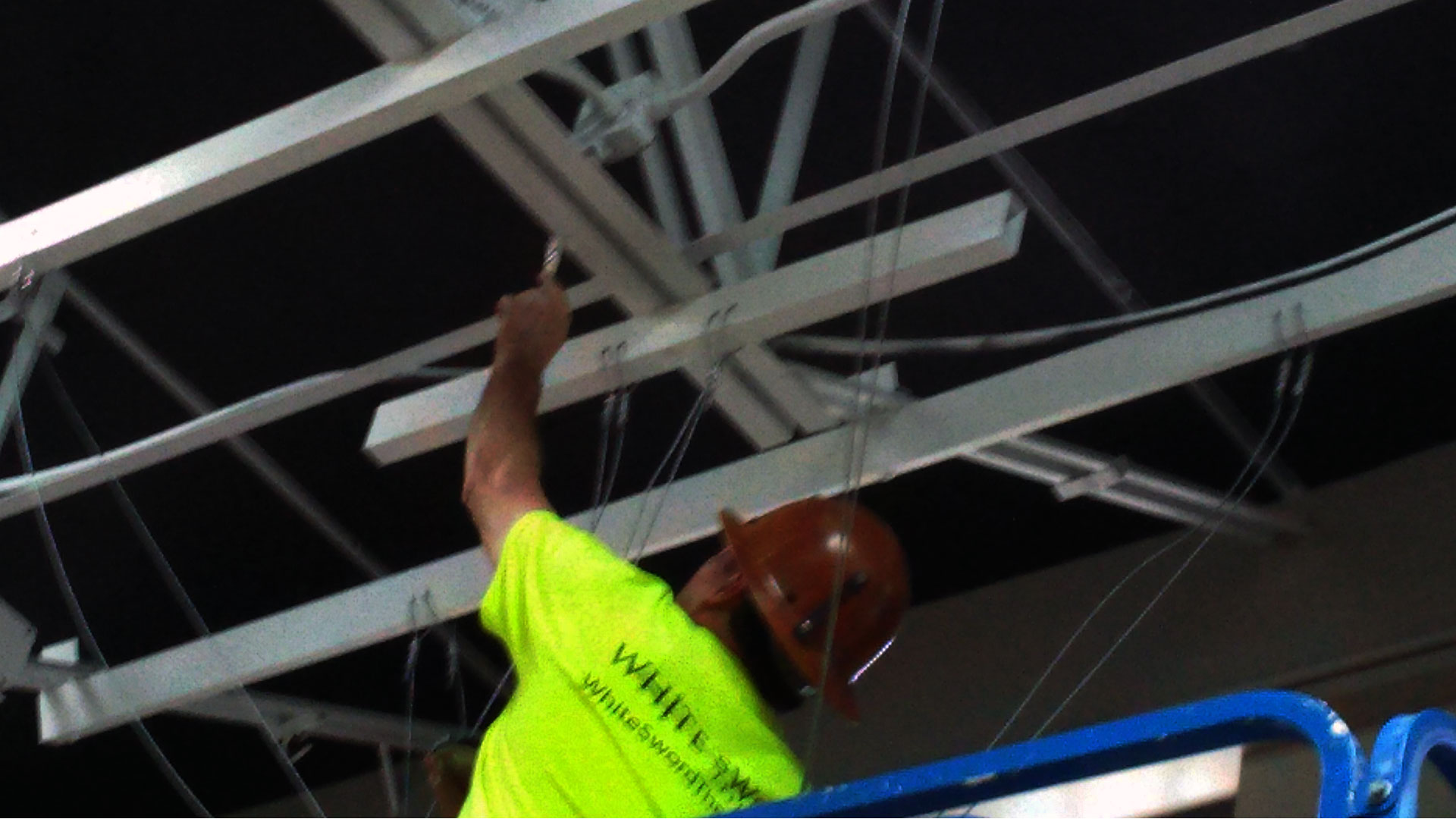
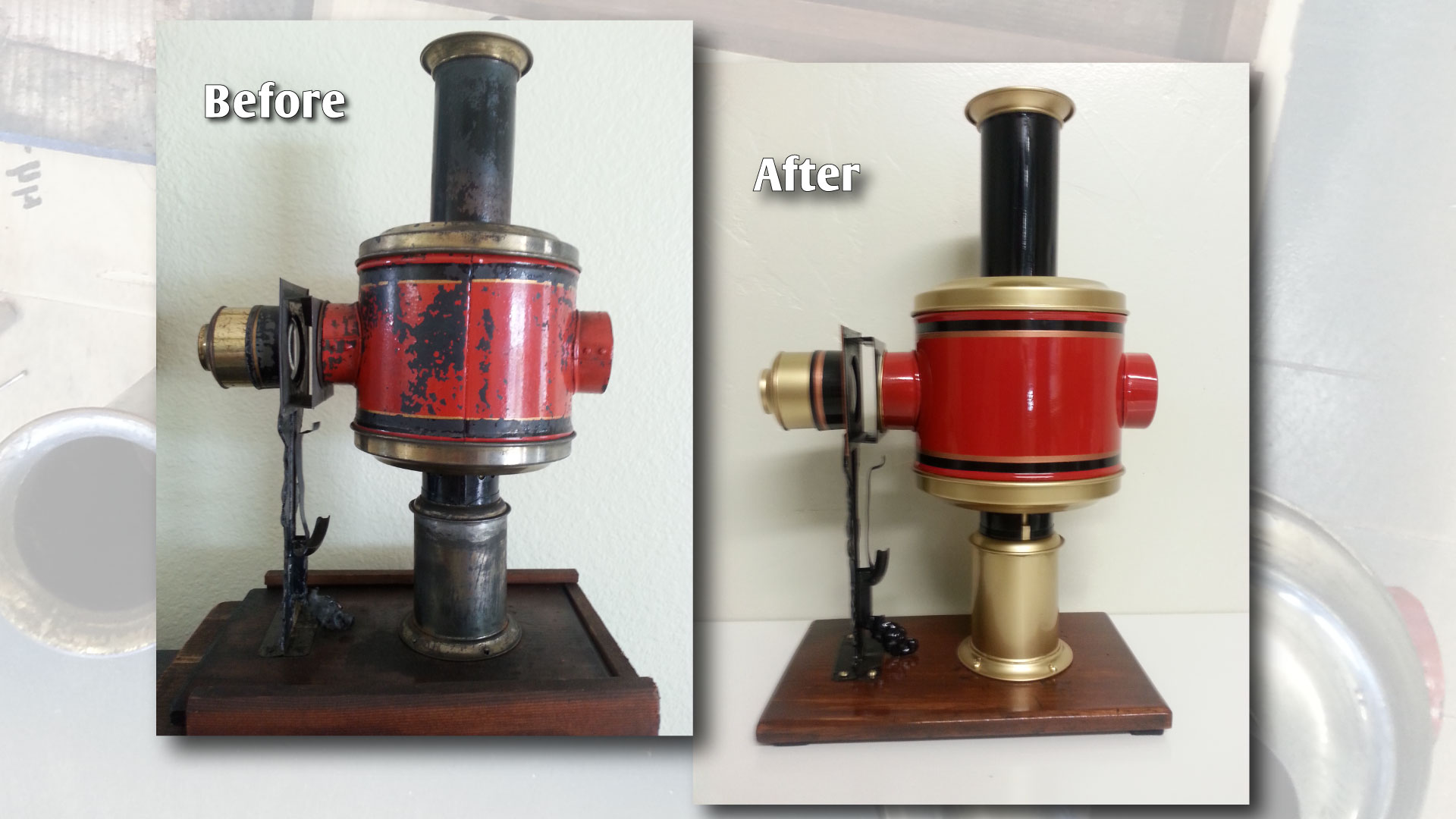
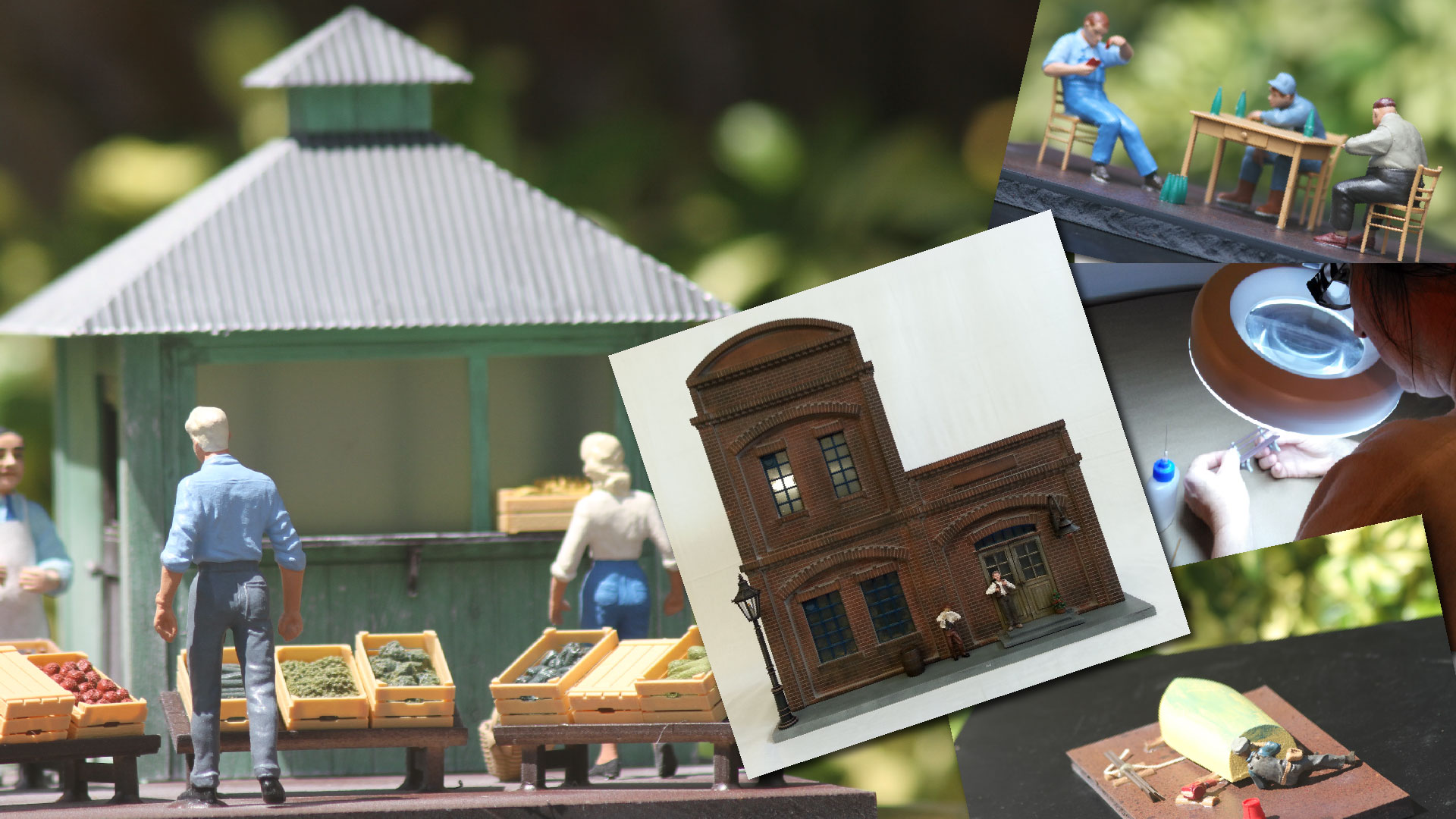
Models can be static or animated, built from a huge variety of materials and fabrication methods and can be as simple or complex as the project requires.
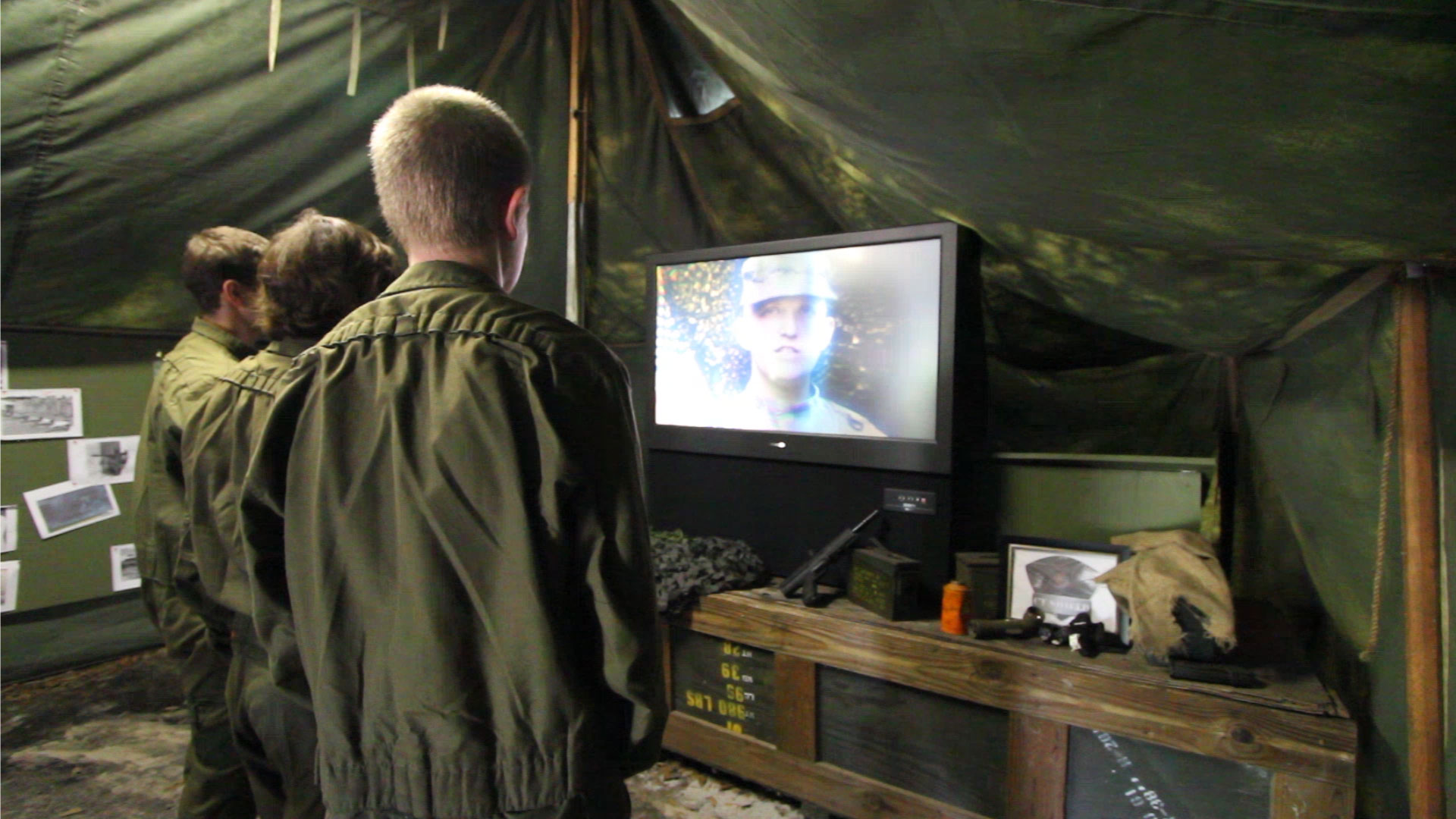
The set can be static or enhanced with animated and interactive features along with props. Sets may have many requirements so all of these elements must mesh together seamlessly to enhance the viewer's experience.
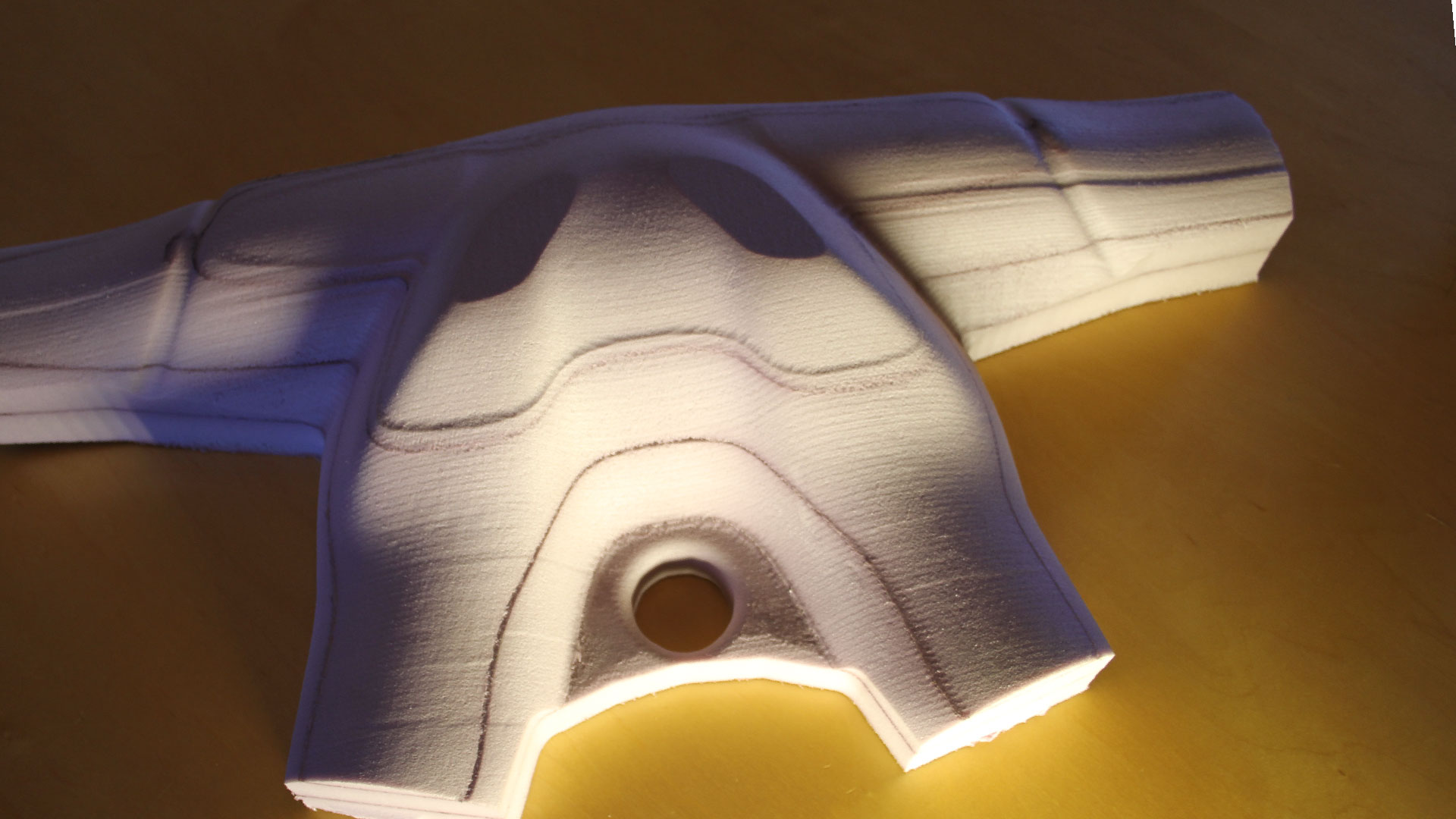
In many instances the cost of a prototype can exceed a production item however design modifications and refinements are carried out using the prototype prior to production. These modifications and refinements can save expensive errors in each production unit.
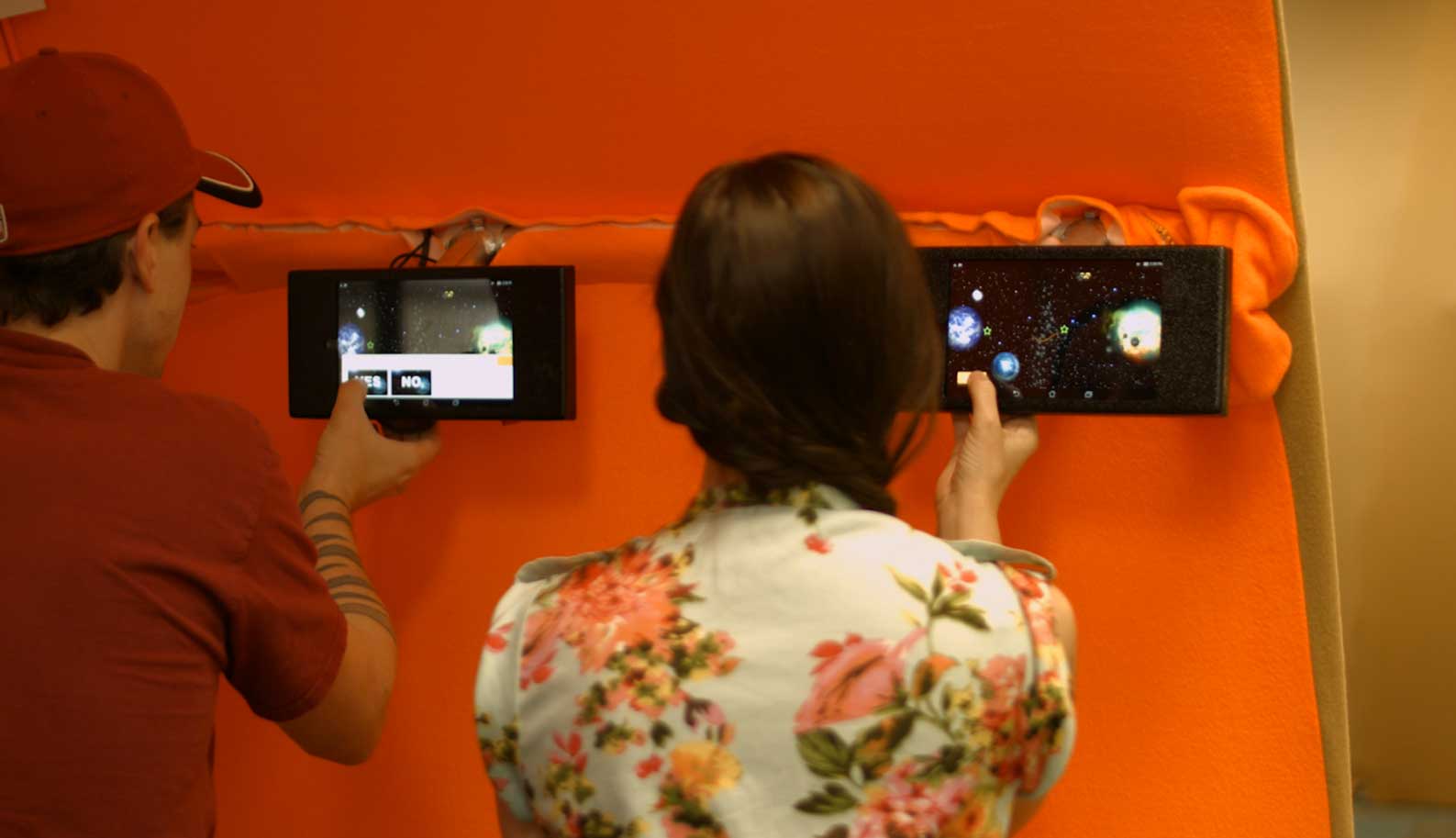
An interactive can be simply for fun or could be an educational tool for learning.
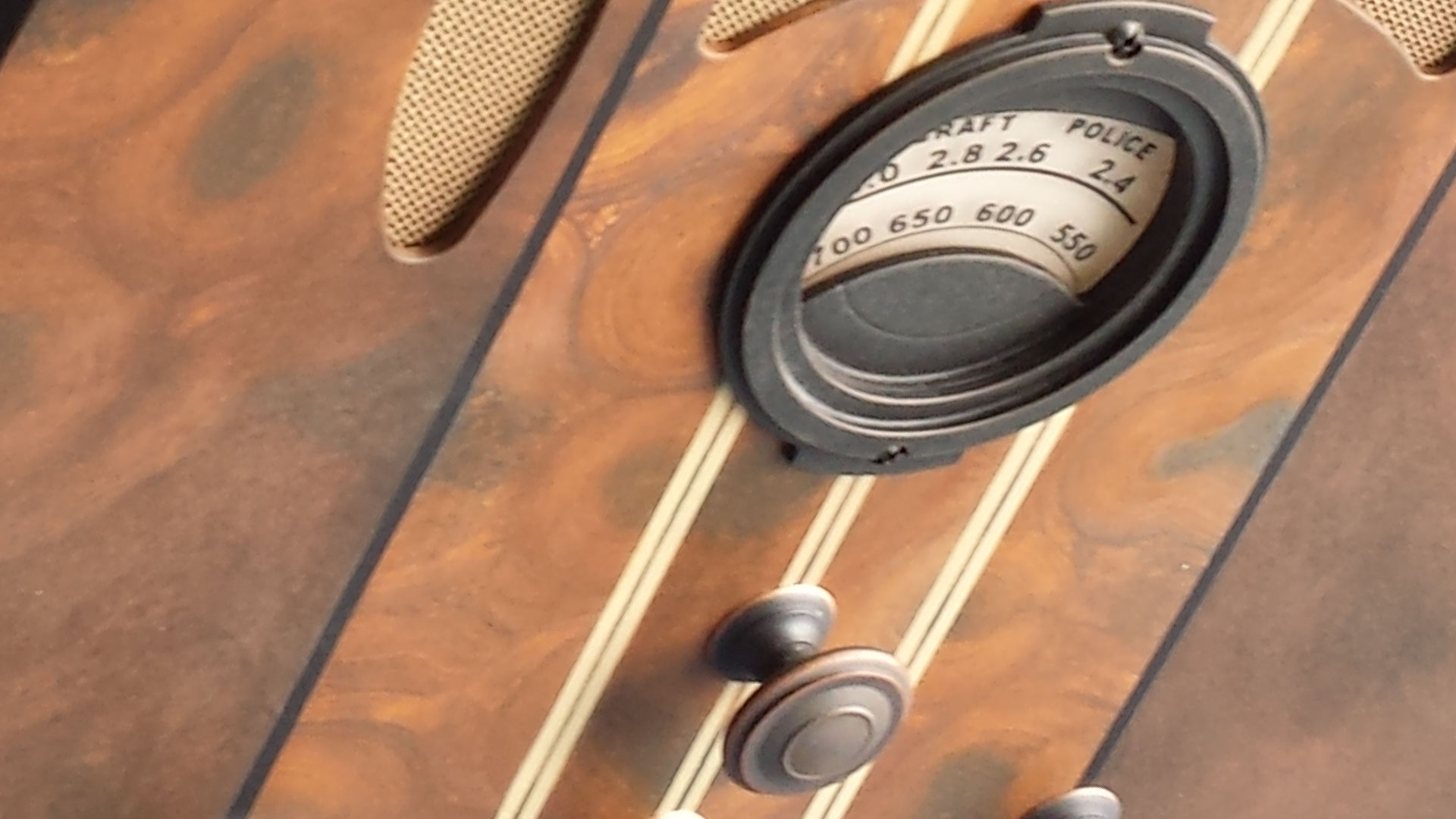
Experienced scenic painters will have skills in landscape painting, figurative painting, trompe l'oeil, and faux finishing.